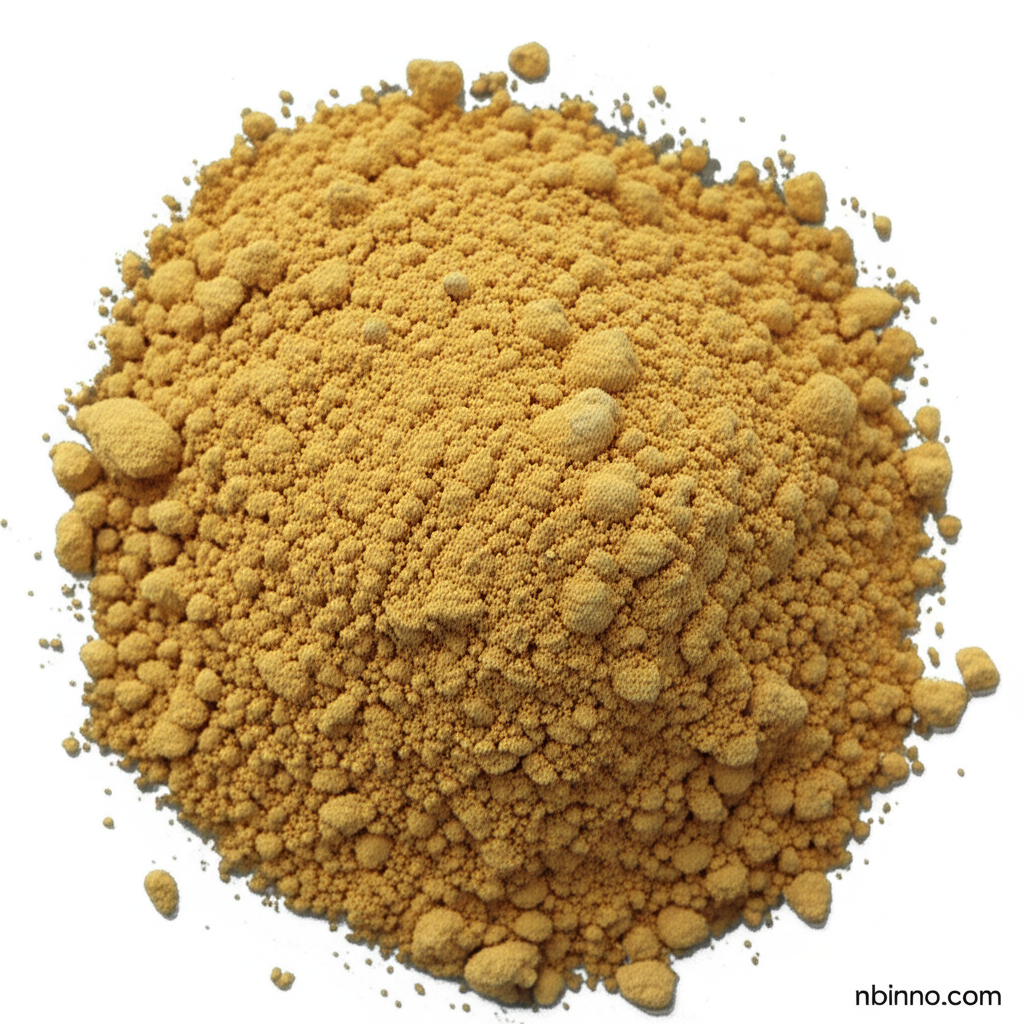5-Bromovaleric Acid: Synthesis, Applications, and Properties
A crucial building block in organic synthesis and pharmaceutical development.
Get a Quote & SampleProduct Core Value

5-Bromovaleric acid
5-Bromovaleric acid (CAS 2067-33-6) is a versatile chemical compound utilized extensively as an intermediate in organic synthesis, particularly for the creation of pharmaceuticals and agrochemicals. Its chemical structure, featuring a bromine atom at the fifth carbon of the pentanoic acid chain, imparts unique reactivity crucial for building complex molecules.
- This compound is vital in the synthesis of inhibitors for aminoglycoside resistant bacteria, addressing critical challenges in public health and antibiotic development.
- Researchers leverage the applications of 5-bromovaleric acid in organic synthesis to prepare sequence-specific base pair mimics, essential for developing novel therapeutic agents.
- The chemical properties and uses of 5-bromovaleric acid, including its reactivity in esterification and nucleophilic substitution reactions, make it an indispensable tool for chemists.
- Its utility extends to materials science, where it aids in functionalizing nanomaterials like nanodiamonds, thereby improving their properties for advanced applications.
Key Advantages
Versatile Synthesis Intermediate
The synthesis of 5-bromovaleric acid from cyclopentanone offers a viable route, showcasing its adaptability for industrial production and research needs.
Pharmaceutical Efficacy
As a crucial pharmaceutical intermediate, it plays a significant role in the development of drugs targeting resistant bacteria and neurological disorders.
Enhanced Reactivity
The presence of a bromine atom grants it enhanced reactivity, making it an efficient building block for complex organic molecule creation, aligning with organic synthesis building blocks.
Key Applications
Pharmaceutical Development
Integral to the development of new therapeutic agents, particularly in combating antibiotic resistance and creating topoisomerase IB inhibitors.
Organic Synthesis
Serves as a fundamental building block for complex organic molecules, enabling diverse reaction pathways and product formations.
Materials Science
Investigated for its role in creating advanced materials and functionalizing nanoparticles for biomedical applications.
Biochemical Research
Used in studies examining metabolic pathways and cellular processes, contributing to a deeper understanding of biological functions.
